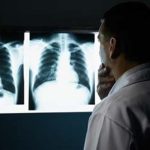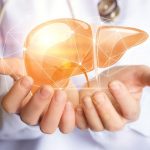
A test used to gauge whether a college athlete has suffered a concussion is right only half the time and may be useless, new research finds. The test used by the NCAA, which oversees college sports, measures an athlete’s cognitive skills, and is one of three tests (symptoms and balance tests being the other two) that doctors use to identify concussion. “If you don’t do well on the cognitive exam, it suggests you have a concussion. But many people who are concussed do fine on the exam,” said study lead author Dr. Kimberly Harmon. She is a professor of family medicine and section head of sports medicine at the University of Washington School of Medicine. Harmon said she was prompted to conduct the study by firsthand experience working on the sidelines as team physician for the UW Huskies. “Some people were concussed and they did well on the recall tests. Some people weren’t concussed and they didn’t do well. So I thought we should study it,” she explained in a UW news release. The test itself is one part of what’s known as the Sport Concussion Assessment Tool (SCAT). In the cognitive skills section of SCAT, the patient is asked “orientation” questions (What day is it? What month is it?), then a memory test (recite back a list of words), then a concentration challenge (repeat… read on > read on >


















